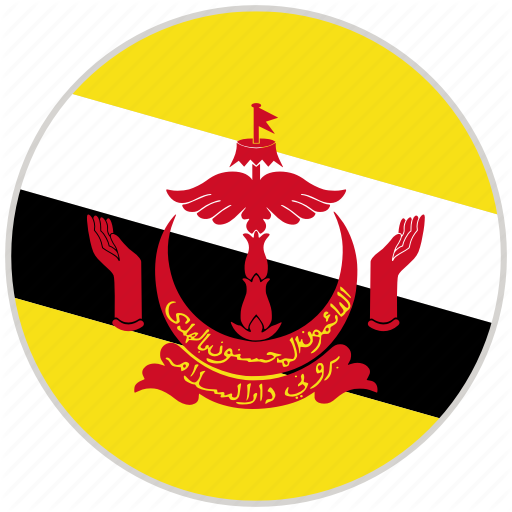The Philippine government views inclusive growth as sustained growth that “creates jobs, draws the majority into the economic and social mainstream, and continuously reduces mass poverty” and that is rapid enough to matter (GOP 2011). In pursuing a development strategy that revolves around this goal, the government is currently implementing a development plan with the following key features: massive infrastructure investments, higher governance standards, human development and direct poverty relief, and employment generation.
The immediately visible manifestations of the elusiveness of inclusive growth in the Philippines are low economic growth, weak employment generation, and persistently high poverty and inequality. The average annual gross domestic product (GDP) growth rate of the Philippines from 1998 to 2011 is 4.52 percent and GDP per capita currently stands at PhP61,738 or USD1,425. Unemployment has not significantly dropped from the 7 to 7.5 percent range for the last five years. More than a quarter of the population remains poor and past poverty reduction programs seem to have had little impact. The poverty incidence of the population in 1991 was 33.1 percent. As of the latest Family Income and Expenditure Survey in 2009, it was still high at 26.5 percent and this translates to more than 23 million Filipinos mired in poverty.
For the full text, click here.











.png)



.png)




